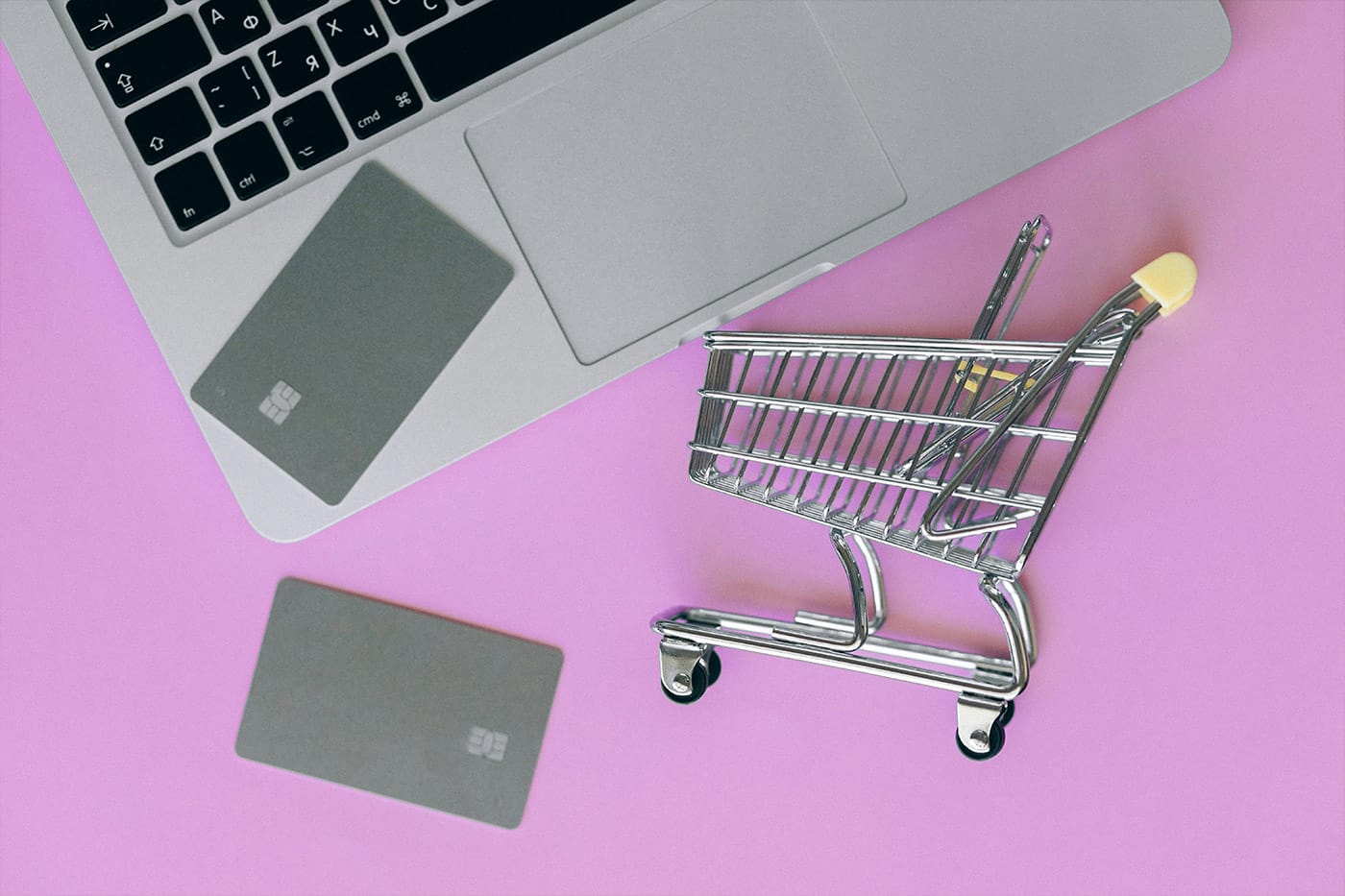Did you know a high percentage of customers abandon their purchase if the checkout process is too difficult? All that potential revenue slipping through your fingers simply because your payment system isn’t user-friendly enough. Learning how to accept online payments effectively isn’t just a nice little add on for your business, it’s essential for survival.
The way we pay for things has changed dramatically in recent years. Digital wallets have actually overtaken credit and debit cards as ways to pay for online purchases, and globally they now account for nearly half of all e-commerce transactions. Buyers worldwide are gravitating toward options like bank transfers and digital wallets.
You might be starting a brand new online venture or perhaps you’re expanding your physical shop into the digital world. Either way, this guide will walk you through what you need to know about processing payments online. We’ll cover the basics of payment systems to help you choose the right options for your particular business needs, and make sure your transactions remain secure and compliant with UK regulations.
Understand the Basics of Online Payment Systems
Before we get into the details of setting up your payment system, it’s good to understand how the online payment system works. Let’s look at the fundamentals:
What is an online payment system?
An online payment system is a digital platform that handles transactions between your customers and your business over the internet. It’s the technology that lets you accept payments electronically instead of face to face transactions. These systems generally have three main components: a payment gateway, a payment processor and a merchant account. Together, they create a secure environment for transactions giving your customers the confidence to purchase from your website.
How online payments work in the UK
When a purchase is initiated from your website, several actions are triggered:
- A customer enters their payment details on your checkout page.
- This information goes through your payment gateway, which encrypts the data to keep it secure.
- The encrypted information travels to the payment processor, which talks to the customer’s card scheme (like Visa or Mastercard).
- The card scheme checks with the customer’s bank to make sure they have enough money and their card is valid.
- Once approved, the funds are ring fenced to be debited from the customer’s account and are held by the merchant’s payment processing company.
- The payment gateway confirms the sale to both you and your customer.
- At the end of each trading day, the payment processing company transfers the money to your bank account.
These funds arrive in your account within about 2-3 working days, though this can vary depending on which provider you’re using.
Key players: merchant, gateway, processor, acquirer
There are four essential entities that make online payments possible:
- Merchant (you): The business selling goods or services online.
- Payment Gateway: Software that sits behind your online shop, handling transactions and securely sending payment information to the processor. It acts as the interface between your website and the payment processor.
- Payment Processor: Handles the technical aspects of processing payments, communicating with card networks and issuing banks to verify and authorise transactions.
- Merchant Acquirer: A financial institution that manages your merchant account, facilitates authorisation and settlement between your business and the issuing bank, and assumes risks associated with transactions.
Keeping track of all these players is important. The good news is that some providers offer these services separately, while others like Stripe, PayPal and Worldpay provide all-in-one solutions that combine gateway, processing and acquiring functions. For smaller businesses, these integrated solutions often present the most straightforward option.
Understanding these components gives you a good foundation you need to make informed decisions about how to accept online payments for your UK business.
Set Up to Accept Payments Online
Setting up these systems for your business isn’t a ‘one-size-fits-all’ situation, you’ll need to make some key decisions about providers and how to technically integrate with them.
Choose between a payment gateway and all-in-one provider
When it comes to setting up online payments you can either go for a standalone payment gateway that connects to your existing merchant account or choose an all-in-one provider that combines gateway, processing, and acquiring functions.
For small businesses or startups, all-in-one providers often make sense. These integrated solutions can have higher per transaction fees, but the monthly costs are more reasonable. On the other hand payment gateways can offer lower transaction rates but they require separate merchant accounts and usually higher monthly fees.
Open a merchant account or use a payment facilitator
A merchant account is essentially a specialised bank account that holds funds from customer transactions until they’re moved to your primary business account. The alternative is to use a payment facilitator. These allow you to accept payments without needing your own dedicated merchant account.
Integrate with your website or ecommerce platform
Once you’ve picked your provider, it’s time to get everything working with your website. How you do this depends on your setup:
If you’re using popular e-commerce platforms then most payment providers offer ready-made plugins or extensions, but you might need some developer help to integrate the payment API properly.
After you’ve integrated, you’ll need to configure your payment settings, including which currencies you accept and what payment options you offer. Then you have an important testing phase, where the new system is put through its paces on your website using the provider’s testing systems before going live.
Choose the Right Payment Methods for Your Business
Offering multiple payment options to your customers is key for maximising sales. Businesses that provide various ways to pay see higher conversion rates and this contributes to happier customers overall.
Card payments vs. bank payments
Cards remain king in the UK market with most shoppers here preferring debit and credit cards to pay online.
Bank transfers still have a place but are more popular for business to business transactions where a method for those larger payments is needed, or just because businesses work on payment terms which differ to consumer buying, such as being invoiced and paying at a later date.
Bank transfers will likely sit outside of any card protections for fraud or disputes so are much less suited for consumer online spending, although helpful to pay for other items such as invoiced gardening work, friends or trades on completion of work.
Digital wallets and mobile payments
The rise of digital wallets has been nothing short of remarkable. And you’re probably familiar with the major players: Apple Pay, Google Pay, and Samsung Pay. What makes these solutions particularly attractive is their enhanced security through tokenisation.
Rather than sharing card details, the system replaces them with unique tokens. Your customers simply tap or click instead of entering lengthy card information significantly speeding up the checkout process.
Recurring payments and subscriptions
If your business model includes subscription services, you’ll want to set up recurring payments. Options are ways such as Direct Debit & card based Continuous Payment Authorities (CPAs).
Setting up recurring payments requires explicit customer consent and you’ll need to develop clear policies and terms before you start automatically taking money from people’s accounts. Some payment providers offer specific recurring billing features that can recover failed recurring payments.
Customers can cancel these arrangements at any time so maintaining transparent communication about billing schedules with customers is so important as it helps prevent unexpected cancellations and builds trust with your customers.
Staying Compliant and Secure When Taking Online Payments
Keeping your customers’ payment data secure isn’t just good practice, it’s actually a legal requirement. Understanding the compliance landscape helps protect both your business and your customers from potential problems.
PCI DSS and Data Protection: The Non Negotiables
Every UK business that processes card payments must comply with Payment Card Industry Data Security Standard (PCI DSS), regardless of size or transaction volume. This global standard contains requirements designed to protect both you and your customers when processing card payments.
PCI DSS compliance holds 3 main areas:
- Assess – Find all the places where you handle card data
- Repair – Fix any vulnerabilities and implement secure processes
- Report – Complete the necessary annual validation reports
You’ll also need to follow data protection laws alongside PCI DSS. GDPR is the UK’s data privacy law and requires you to handle customer information in accordance with its rules. You must be fully versed, registered and compliant with GDPR to operate a business in the UK.
Spotting and Stopping Fraud Before It Happens
Fraud prevention is essential for any online business and most payment providers now offer detection technologies that spot suspicious patterns to step in before these transactions get processed.
For online transactions watch out for warning signs like:
- Orders that seem unusually large
- Customers trying multiple declined cards before one finally works
- Anyone asking for third party collection
Chargebacks are a reversal of the payment by the buyer’s bank after a dispute and can really hurt your bottom line. To keep them to a minimum, make sure you communicate clearly with customers and keep detailed records.
Making The Final Decision
Taking payments online is essential for your digital business to thrive. Getting your head around payment gateways and security helps you strategise for your business to create a payment system that works for both you and your customers, optimising sale conversions via choice and speed.
Where should you start? An all-in-one provider for simplicity’s sake or the enhanced route of a dedicated gateway and separate merchant account? Look at what you need volume, fees, security, data compliance and your customer demographics to start matching the solution to your business.
Customers increasingly expect checkout experiences that are quick and painless and staying on top of payment technologies helps you adapt your business model before you’re forced to play catch up. Smart business owners recognise these systems as strategic assets that generate valuable insights about what customers want while building trust through security and convenience.








